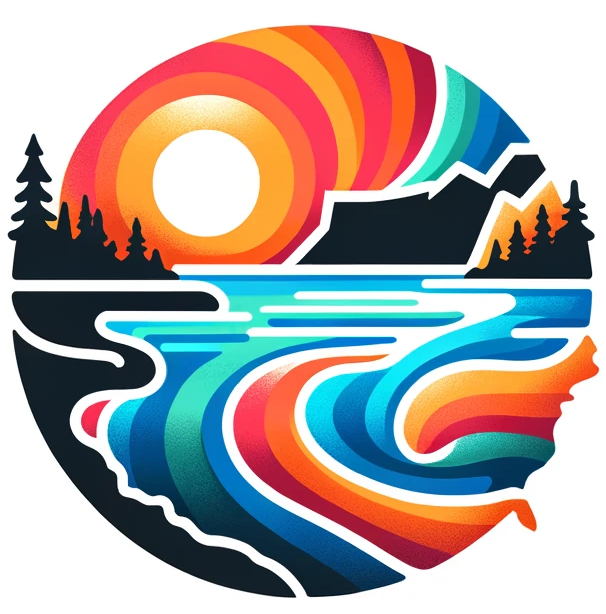Lake Clark, Lake and Peninsula, Alaska
Lake Clark, located in southwest Alaska, is a pristine and picturesque lake known for its breathtaking natural beauty and cultural significance. It holds a special place in Alaska’s diverse landscape and is a treasured destination for nature enthusiasts.
Geographical Features
Lake Clark stretches approximately 43 miles in length and spans around 5 miles in width. Its impressive depth reaches up to 1,056 feet, making it one of Alaska’s deeper lakes. The lake’s surface elevation is about 246 feet, contributing to its unique ecosystem.
Historical Background
Named after John W. Clark, the first American non-Native to discover the lake in 1891, Lake Clark has a rich history intertwined with the indigenous Dena’ina Athabascan people. Its Dena’ina name, “Qizjeh Vena,” translates to “place where people gather lake,” highlighting its historical role as a communal hub.
Location and Accessibility
Situated within the Lake and Peninsula Borough of Alaska, Lake Clark is the centerpiece of Lake Clark National Park and Preserve. Its remote location, primarily accessible by plane or boat, adds to its allure as a secluded natural haven.
Lake Clark National Park and Preserve
The lake’s encompassment within the Lake Clark National Park and Preserve signifies its ecological and cultural importance. The park provides a sanctuary for diverse wildlife and offers numerous recreational activities, including fishing, hiking, and wildlife viewing.
Flora and Fauna
Lake Clark’s surrounding landscapes are rich in flora and fauna. The area around the lake is home to a variety of animal species, including bears, moose, and wolves, and is a vital habitat for salmon and other fish species.
Cultural Significance
For the local indigenous communities, Lake Clark has been a traditional gathering place for centuries. It continues to hold cultural and spiritual significance, serving as a living reminder of Alaska’s rich indigenous heritage.
Recreational Activities
The lake’s crystal-clear waters and scenic surroundings make it a popular destination for outdoor enthusiasts. Activities such as kayaking, canoeing, and fishing are prevalent, while the surrounding wilderness offers opportunities for hiking and camping.
